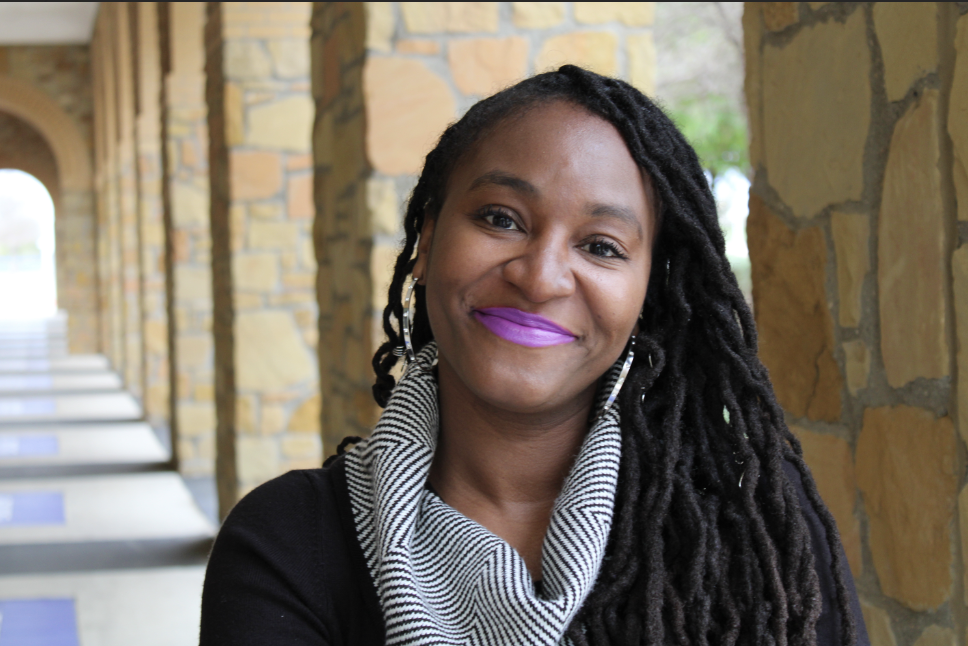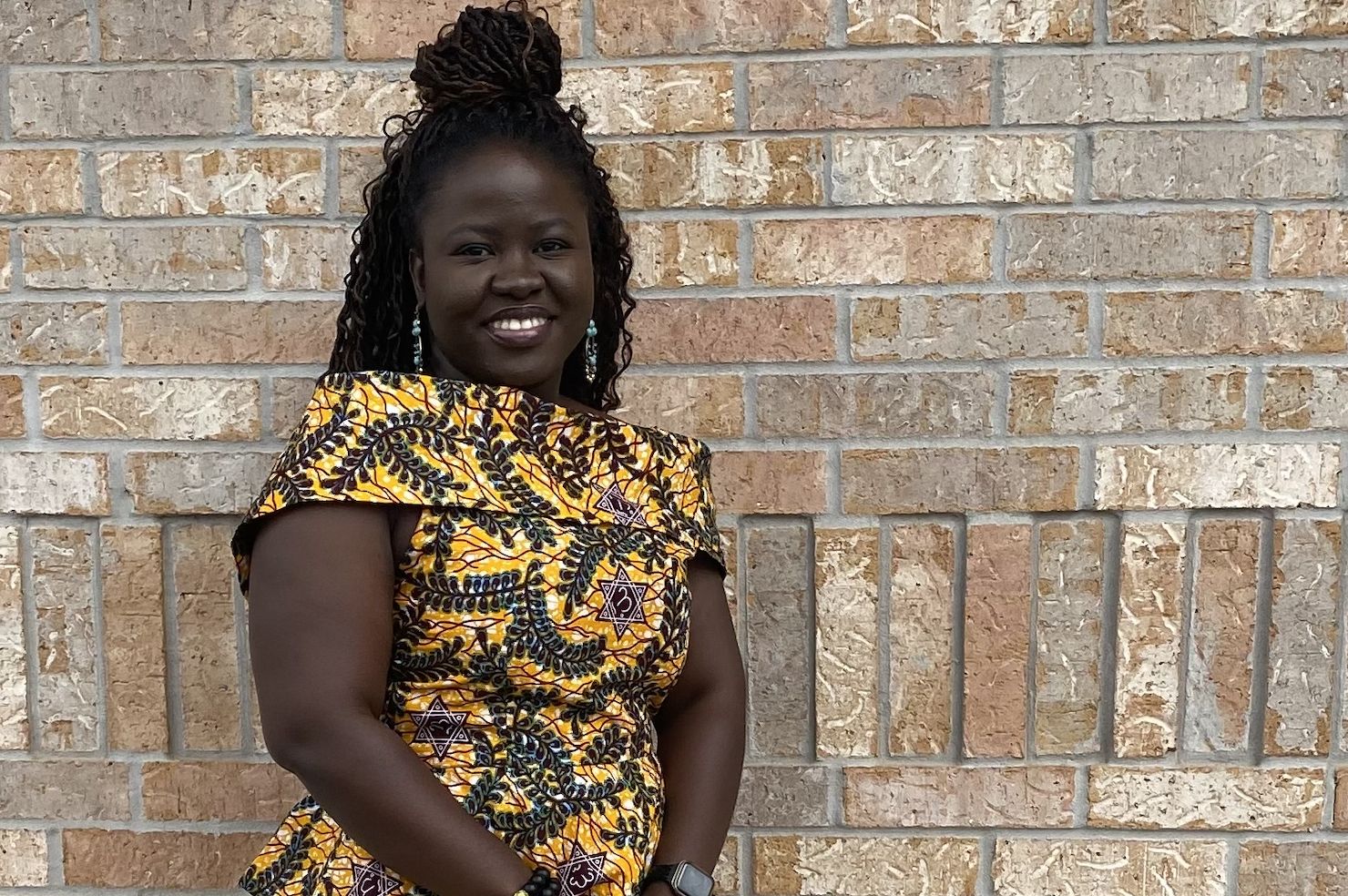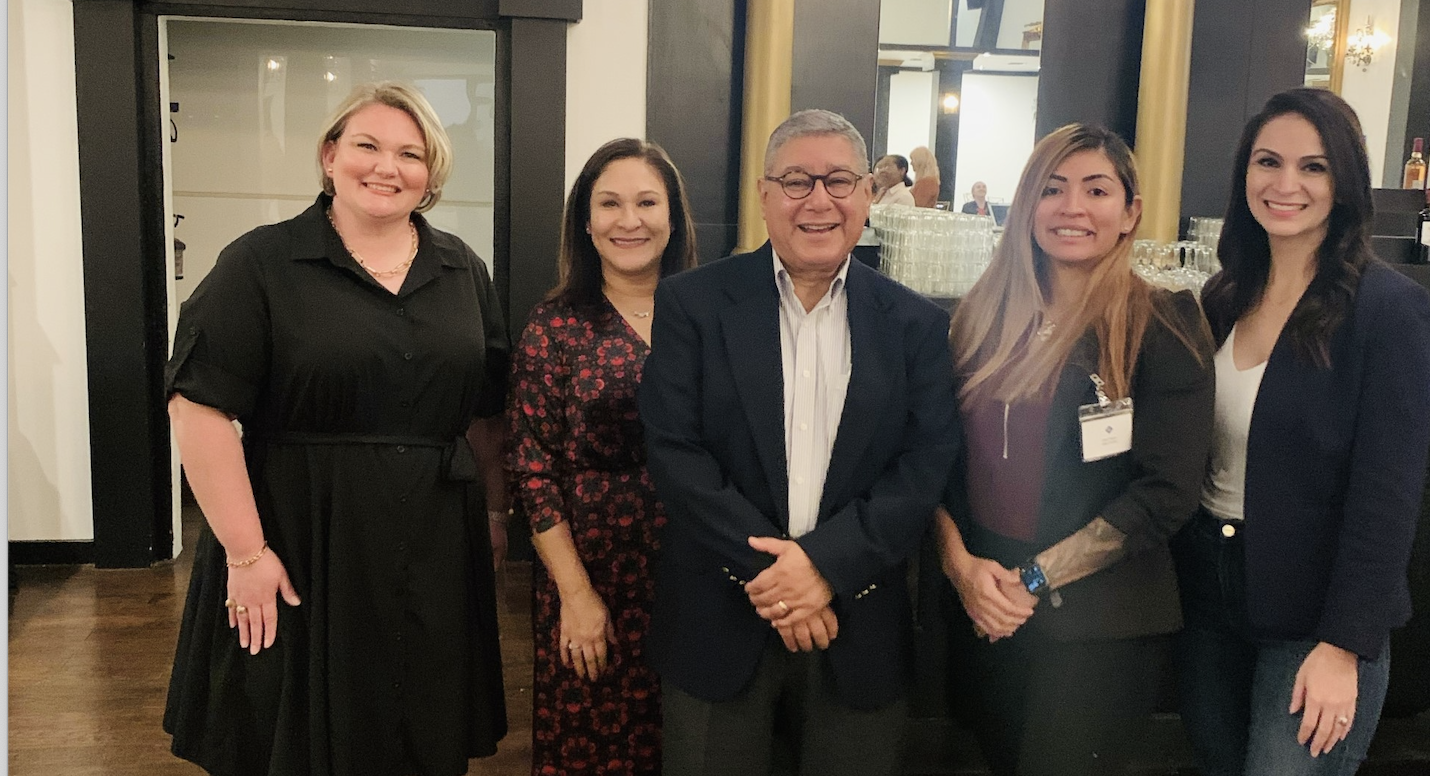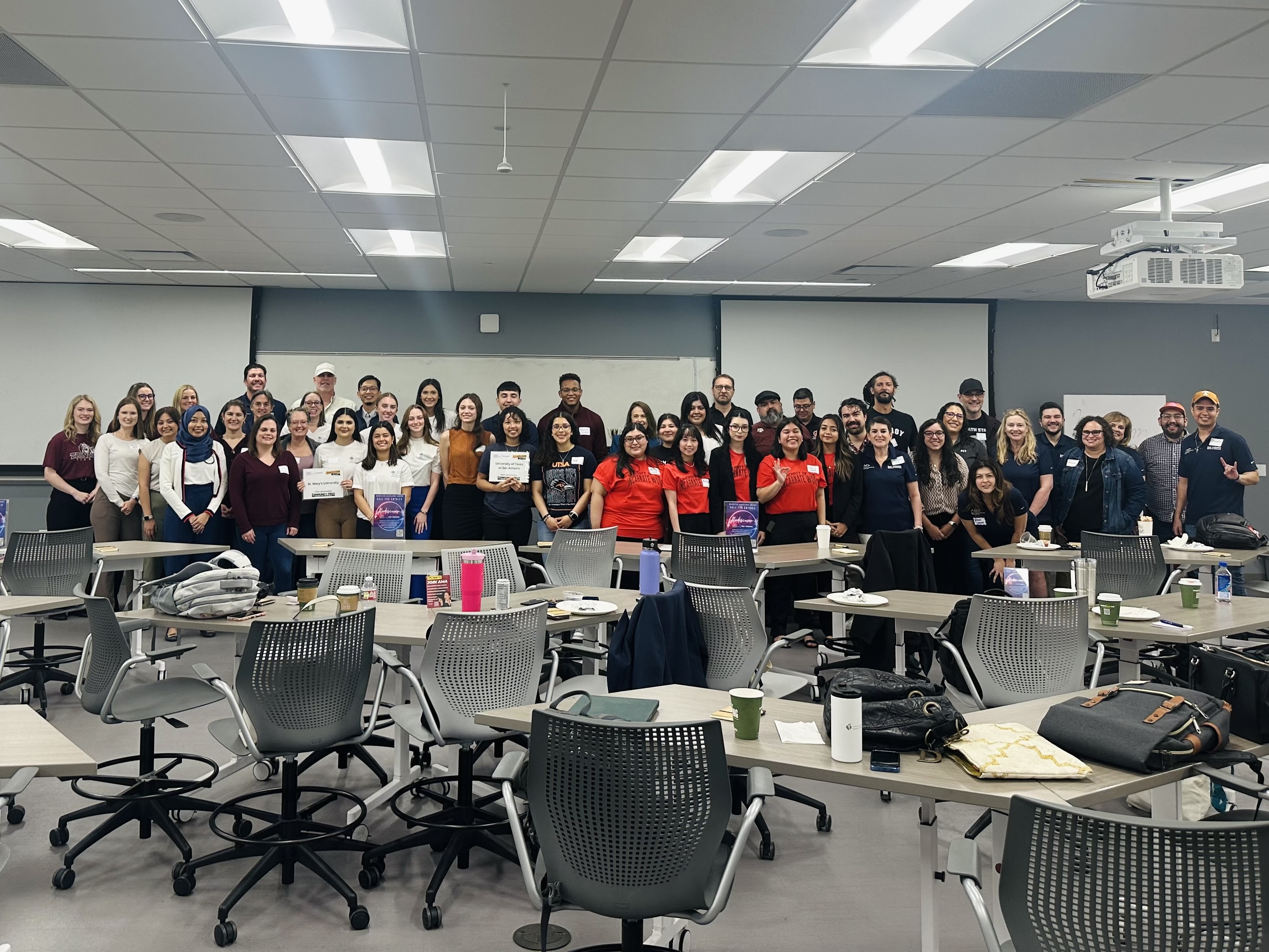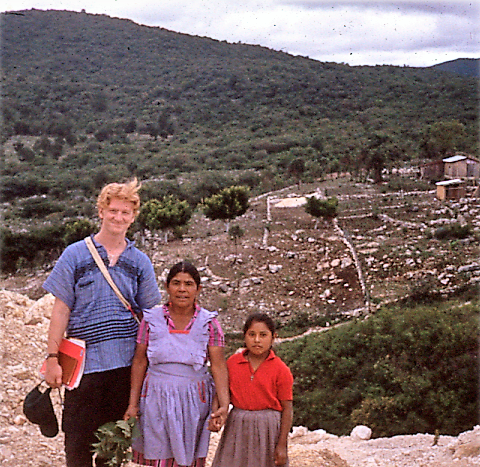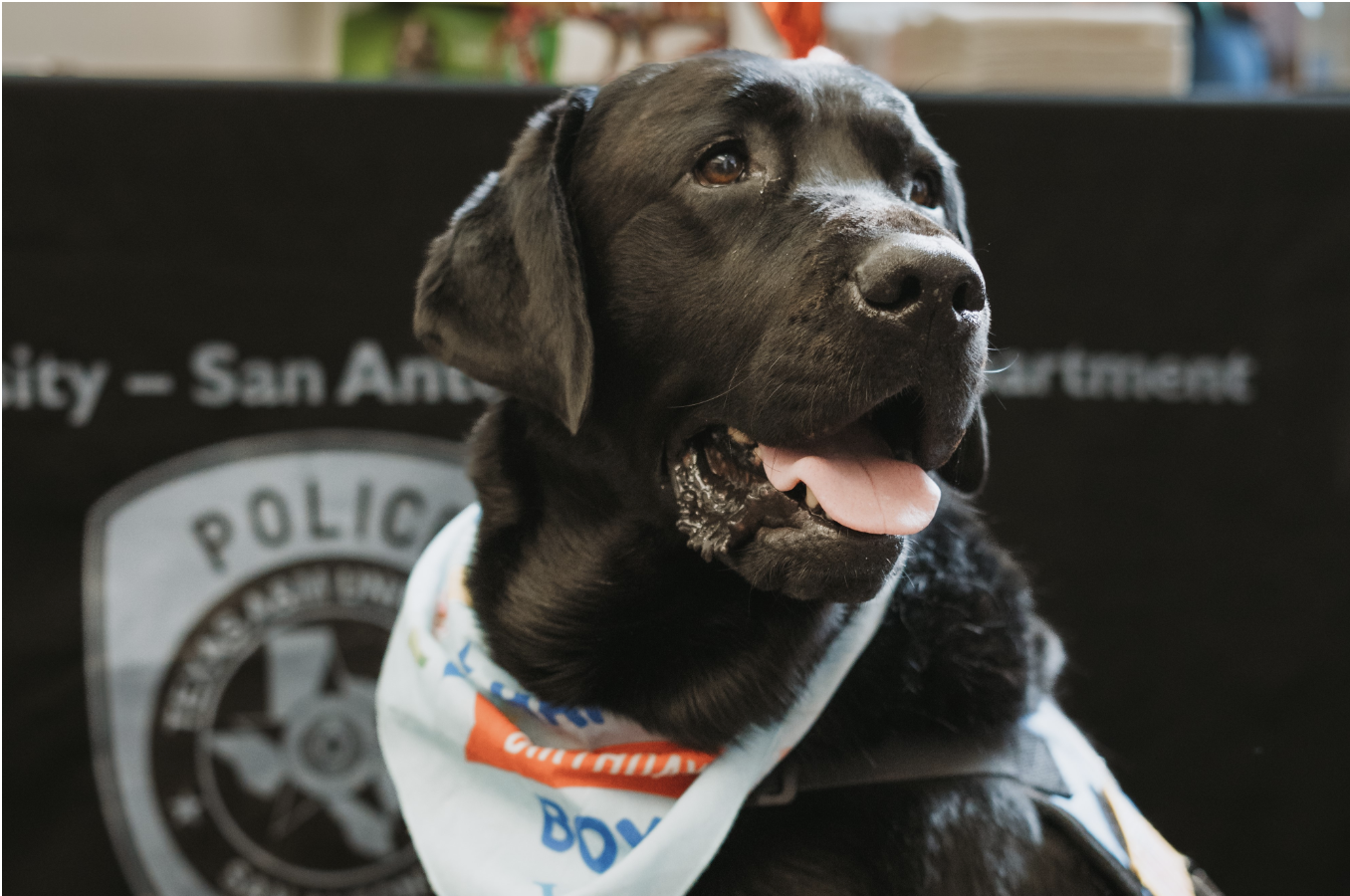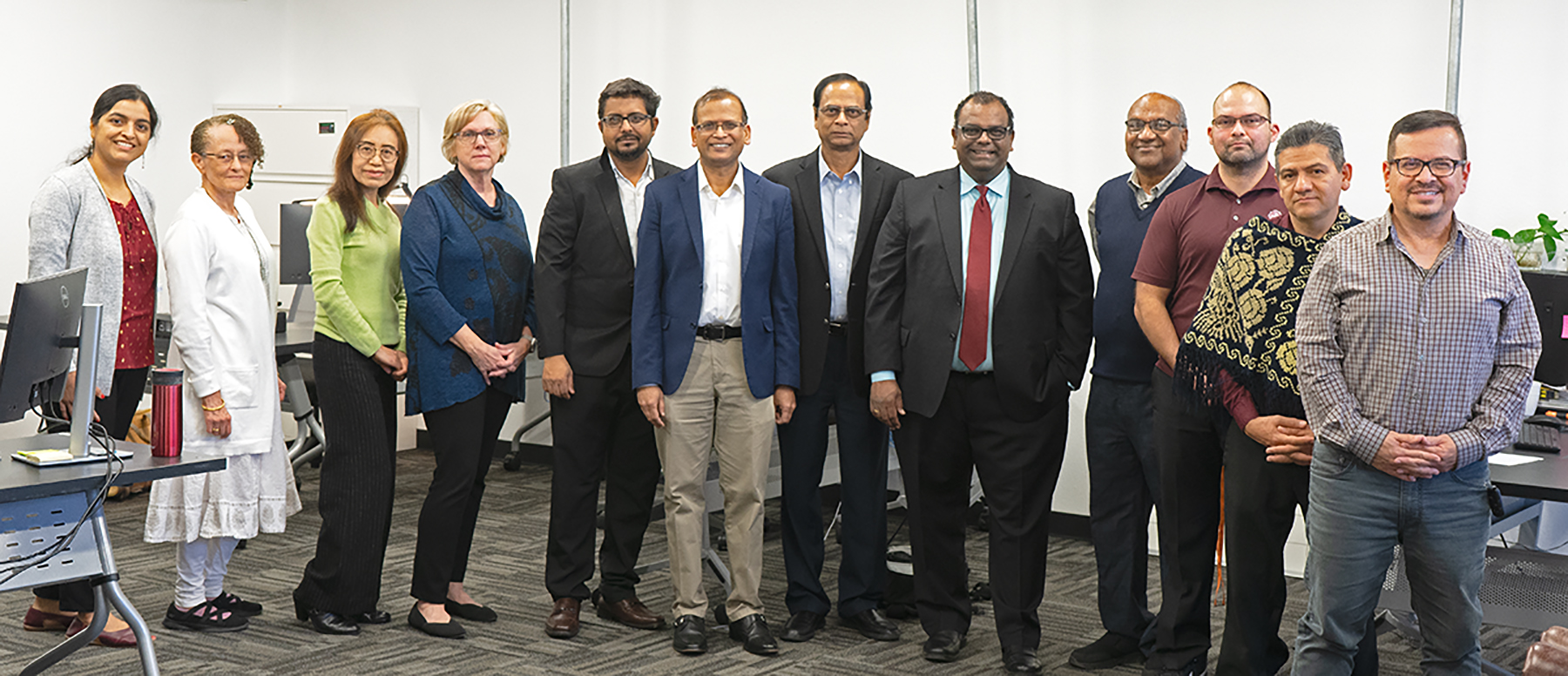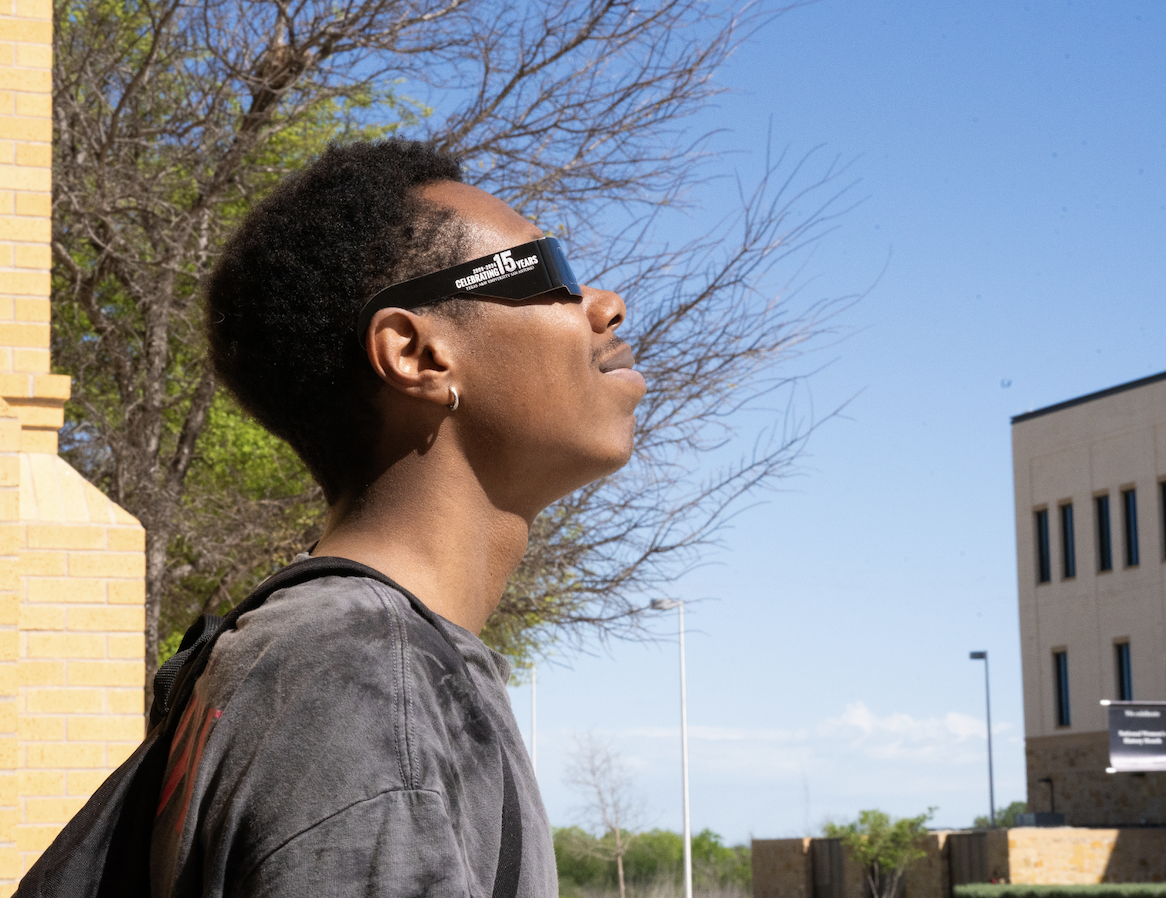Innovative student-run help desk solution will also develop the tech talent pipeline.
A digital literacy initiative spearheaded by Texas A&M University-San Antonio and San Antonio Independent School District could become a national model for closing the digital divide. The Digital Inclusion Scholars Program and technology help desk component supports the broader Connected Beyond the Classroom (CBTC) initiative of the City of San Antonio to expand digital access for families by connecting communities with much-needed broadband services.
A twist to staffing the CBTC help desk is that students selected as Digital Inclusion Scholars will be trained and mentored by A&M-San Antonio help desk professionals to deliver quality, home-based broadband Internet access and support. Eligible A&M-San Antonio and high school students and school district adult learners will be trained in help desk, customer service, and basic computer skills necessary to solve common technology issues. The initiative will also help create a talent pipeline for careers in IT services by enhancing problem-solving skills necessary for successful employment in the workforce.
Future expansion of the pilot is expected to connect qualifying households in participating areas across Bexar County and strengthen home-based IT support for more than 25,000 students and their families, according to Dr. Carl Sheperis, A&M-San Antonio’s dean of the College of Education and Human Development. A $750,000 grant from USAA and $150,000 from Methodist Healthcare Ministries of South Texas, Inc. are supporting A&M-San Antonio to launch the help desk initiative and scale to neighborhoods across San Antonio.
Data capture and analysis are factors in creating a sustainable and scalable model. In fact, part of the broader aim of the initiative is to measure impact and performance on learning to improve academic performance by at least one letter grade over the academic year and to increase confidence in technology use – with a goal of demonstrating a 90-percent mastery in digital literacy, said Sheperis. “We will continually analyze data related to the impact of the CBTC help desk and the Digital Inclusion Scholars Program across a broad array of areas including IT infrastructure, user functionality, student learning outcomes, operational management, access and community support,” said Sheperis. This will guide future investments, services and support to mitigate the digital divide and improve student performance.
Both the CBTC help desk and Digital Inclusion Scholars Program will provide A&M-San Antonio, the city and county agencies a process model that could be replicated beyond San Antonio, according to Sheperis. “These programs will be necessary to addressing future scenarios even beyond the pandemic.”
“Programs like the Connected Beyond the Classroom help desk and Digital Inclusion Scholars Program are at the forefront of digital inclusion in our communities and establish a foundation for increasing parent engagement in the student learning process,” according to Pedro Martinez, superintendent of San Antonio ISD. “We are excited to be partnering with A&M-San Antonio and the City of San Antonio as we influence the future of digital literacy and career paths.”
Connected Beyond the Classroom recently received a “Smart 50” Award in recognition of its innovation and broad impact. See the news story here.



